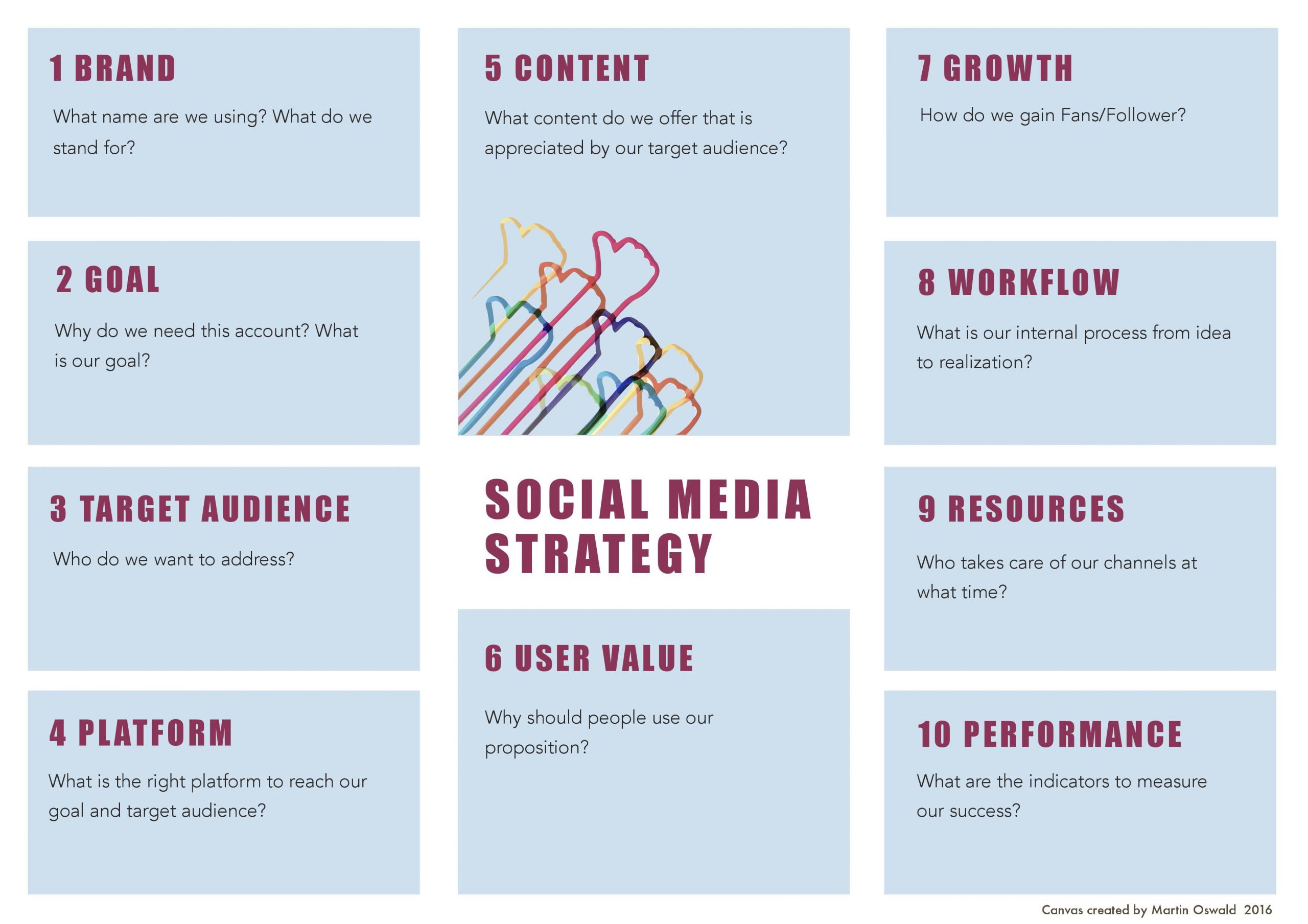October 25, 2020
Creating a Social Media Strategy That Works – Volume 1

So, you finally have your new business wrapped up in a bow and ready to rumble. The paperwork is signed, your team is on board, and the product is in hand. What’s next?
You have to get the message out there. People must know what you have and where they can purchase it.

The first step is getting people to remember your brand and that starts with creating a killer social media marketing strategy that speaks to a variety of audiences.
If you need a little kick start, here is a quick step-by-step guide to get the ball rolling. You don’t have to follow it exactly but the more time you take to prepare, the smoother your digital marketing process will be.
Step One
Align Social Media Marketing Goals with Business Objectives
Decide what your top business goals are and align them with all physical and digital marketing strategies.
There’s no point running a campaign to generate leads if you need brand awareness. Why run an ad for engagement if you’re looking to make sales?

You have to work hard to first understand your company’s top goals, and then branch out from there. Without setting up some standards, you’ll have no way to measure success or your return on investment (ROI).
If you need a little assistance with setting up goals, just remember to think S.M.A.R.T.
- Specific
- Measurable
- Attainable
- Relevant
- Time-bound
This framework will help guide your actions and ensure it leads to real business results.
Remember Your Metrics
Setting goals also means you MUST track metrics that are meaningful. It’s easy to look at what’s known as “vanity metrics” like followers and “likes” but they don’t always mean much. It’s more than a popularity contest. Instead, you must focus on things like engagement, conversion rates, cost-per-click, and click-throughs.
It may be that you want to track different goals for different channels, like conversion from Facebook and clicks from Twitter. If you’re using LinkedIn for traffic, those are the metrics you want to look at.
Social media goals should always align with your marketing objectives. This makes it easier to show the value of your work and secure buy-in from stakeholders.
Start y
Your social media plan starts by developing 3-5 solid goals to work toward.
Step Two
Know Who Your Audience is and What They Want
Building an Audience Persona
You cannot market, let alone speak to people, if you don’t understand who they are and what they want. KYC (know your customer) is a common term in business and is a concept that should be extended to social media marketing and engagement.
The better you know your audience, the easier it is to create content they will like, comment on, and share. This is critical if you want to turn social media followers into customers for your business.
When it comes to targeting customers, you should look at demographics. These are people parameters, like:
- Location
- Age
- Occupation
- Average income
- Job type or industry
- Interests
Get to know your followers, fans, and customers as real people with real-world wants and needs. This will help you target and engage them.
Gathering Rich Data
One of the best ways to get to know your audience is to gather rich data that you can gain insight from. Don’t just assume you’ll find one audience in one spot. For example, just because someone is a Millennial, it doesn’t necessarily mean you’ll find them on Twitter on Tik Tok.
You have to do the research first!

Social media analytics will provide a ton of information on who your followers are, where they live, and how they interact with your brand on social channels. These insights allow you to refine a strategy that better suits your audience.
One fine example of using metrics for social media strategy is the Uber-like service in India named Jugnoo. After studying the numbers, they learned that over 90% of their users referred other customers between the ages of 18-34 using an Android. After using this data to retarget their ads, they saw a 40% lower cost per referral.
Coming Up
Now that you understand that creating a social media strategy starts with setting S.M.A.R.T. goals and studying the metrics, we’ll go over knowing your competition and social audits next.







